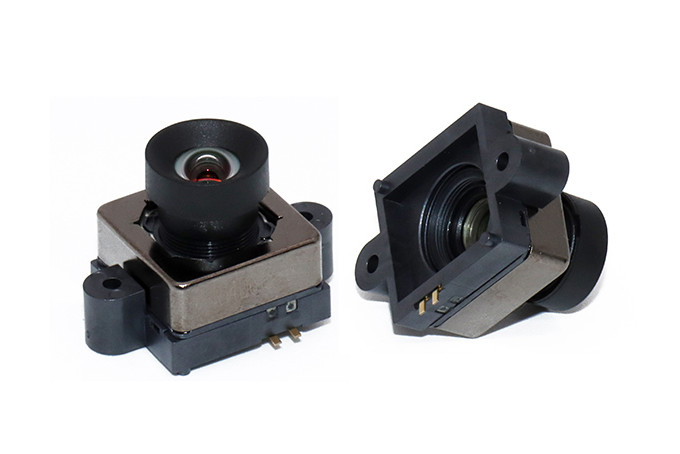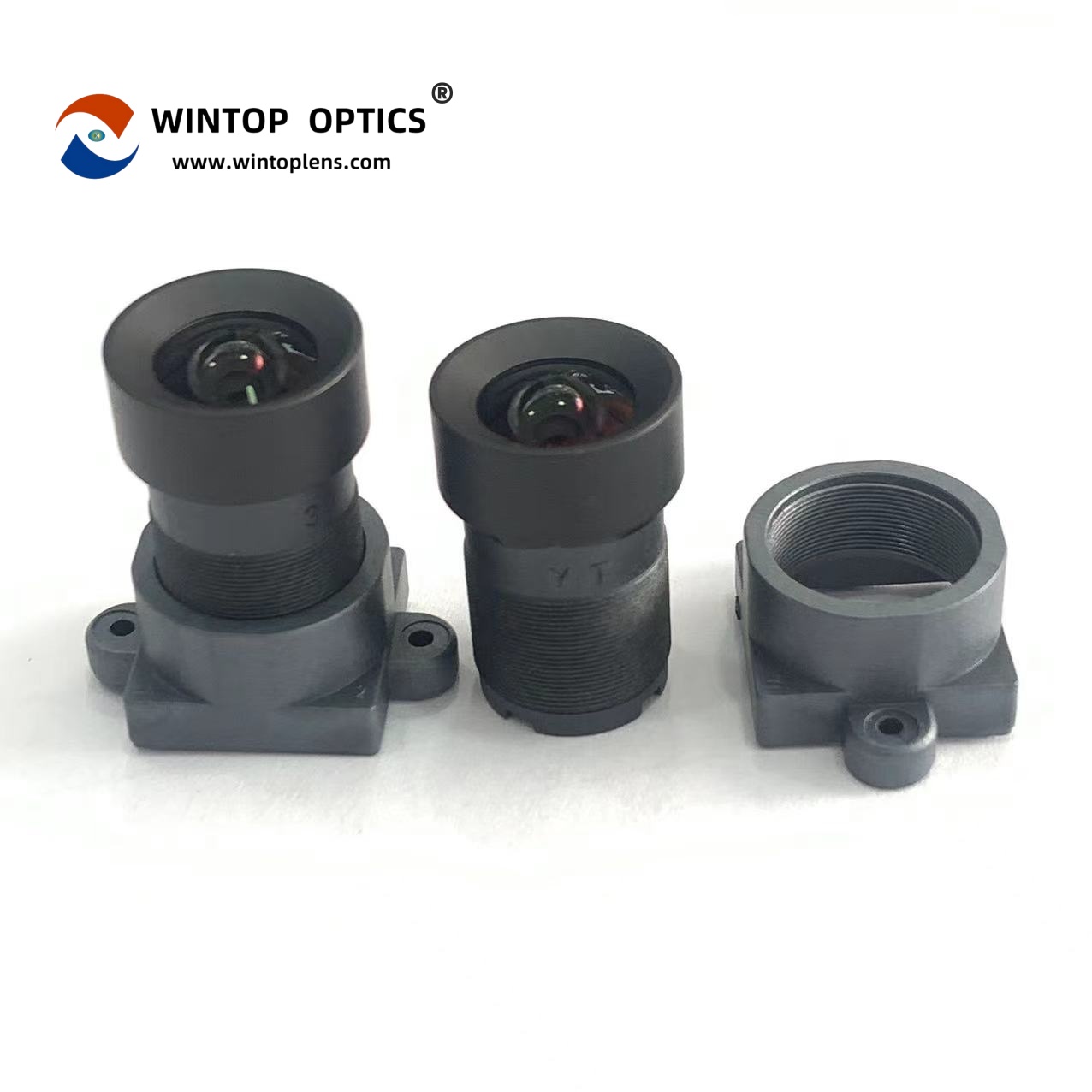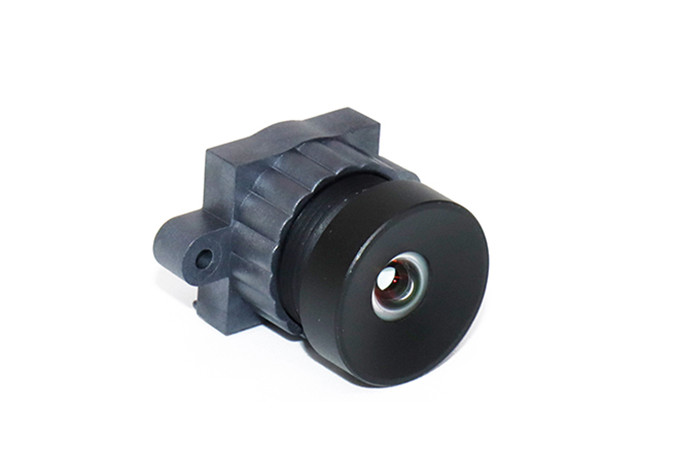How can lenses be applied in smart home?
Jul 25, 2024
In the realm of smart home technology, lenses play a pivotal role in enhancing functionality and security. From USB camera lenses to specialized lenses for face recognition, these components contribute significantly to the intelligence and convenience of modern living environments.
1. USB Camera Lenses: Enhancing Surveillance and Monitoring
USB camera lenses are integral to smart home security systems, providing high-definition video capture and transmission capabilities. These lenses enable homeowners to monitor their property remotely through various devices like smartphones and tablets. Key features include:
High Definition Imaging: USB camera lenses deliver sharp, clear images and videos, essential for identifying details and capturing events effectively.
Wide-Angle Views: Some lenses offer wide-angle perspectives, ensuring broader coverage of indoor and outdoor spaces, enhancing overall security.
Night Vision Capabilities: Many USB camera lenses are equipped with infrared technology, enabling clear monitoring even in low-light conditions, thereby enhancing home security round the clock.
2. Smart Home Lenses: Integrating with IoT Devices
Smart home lenses are designed to seamlessly integrate with IoT (Internet of Things) devices, enhancing automation and control within the home environment. These lenses serve multiple purposes beyond security, including:
Environmental Monitoring: Lenses equipped with environmental sensors can monitor aspects like air quality, temperature, and humidity, providing real-time data for optimizing living conditions.
Gesture Recognition: Advanced smart home lenses incorporate gesture recognition technology, allowing homeowners to control devices through simple gestures, enhancing convenience and accessibility.
Integration with Smart Assistants: Smart home lenses can interface with virtual assistants like Amazon Alexa or Google Assistant, enabling voice-activated control over connected devices based on visual cues captured by the lens.
3. Face Recognition Lenses: Enhancing Personalized Security
Face recognition lenses are a sophisticated application of smart home technology, offering enhanced security and personalized user experiences. These lenses utilize advanced algorithms to:
Identify Authorized Individuals: Face recognition lenses can identify registered individuals and grant access based on facial recognition, enhancing security without the need for traditional keys or passwords.
Customized User Settings: By recognizing different individuals, these lenses can adjust smart home settings such as lighting, temperature, and entertainment preferences based on individual profiles, offering a tailored experience for each household member.
Visitor Identification: Face recognition lenses can also alert homeowners to unrecognized faces, providing an added layer of security by notifying them of potential intrusions or unfamiliar guests.
Lenses in smart home applications, including USB camera lenses, smart home lenses, and face recognition lenses, revolutionize modern living by enhancing security, automation, and personalization. As technology continues to evolve, these lenses will play an increasingly vital role in shaping the smart homes of the future, offering homeowners unprecedented control, convenience, and peace of mind.
Whether it's ensuring security through USB camera lenses, enabling seamless integration with IoT devices via smart home lenses, or providing personalized interactions with face recognition technology, these innovations exemplify the transformative power of lenses in creating smarter, more connected living environments.


